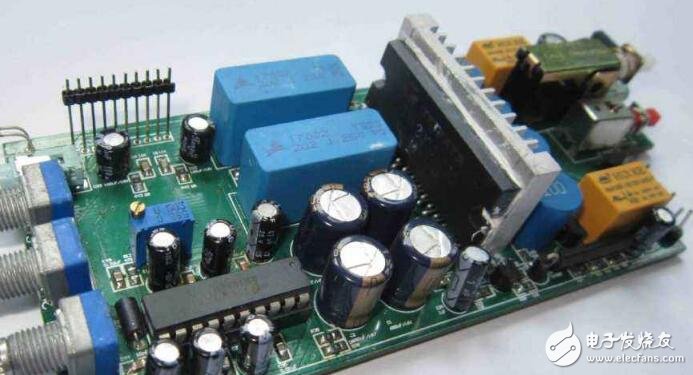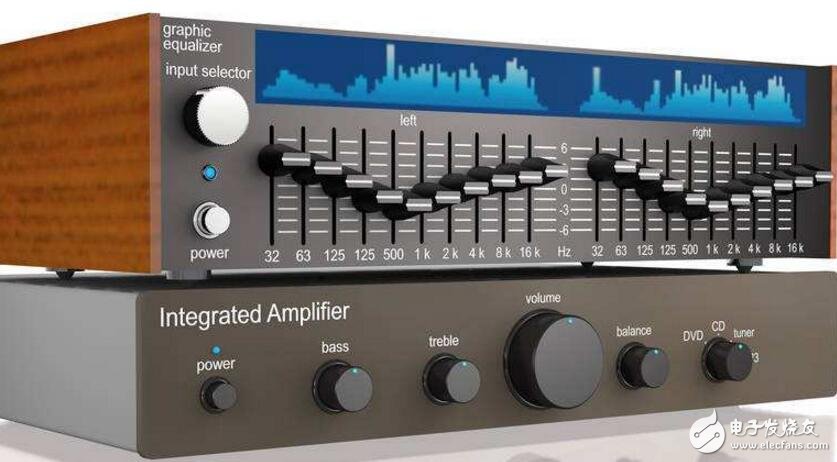Audio power amplifier, commonly referred to as a power amplifier, is a crucial component in audio systems that boosts the weak audio signal from sources like DVD players, CD players, or tape machines. Its main purpose is to generate enough power to drive speakers and produce clear, high-quality sound. In today’s market, consumer power amplifiers are generally divided into two main types: pure music amplifiers and home theater AV (Audio Visual) amplifiers, each designed for different listening experiences.
**How Audio Power Amplifiers Work**
An audio power amplifier functions by taking a small input signal and increasing its power level so it can effectively drive a speaker. The process involves two main stages: pre-amplification and power amplification. The pre-amplifier stage handles the initial signal boost, ensuring the signal is strong enough for the next stage. The power amplifier then further increases the signal's strength, allowing it to move the speaker cones and produce sound. This two-step approach ensures clarity, efficiency, and optimal performance.

**Key Functions of an Audio Power Amplifier**
The primary role of an audio power amplifier is to enhance the sound output from a speaker. It is found in all devices that produce sound, such as radios, televisions, and home entertainment systems. The amplifier takes a low-level signal, amplifies it, and delivers it to the speakers with sufficient power. This process involves both voltage and power amplification, ensuring the final sound is loud, clear, and distortion-free.
Most modern amplifiers support stereo sound, which uses two channels—one for the left speaker and one for the right. Some models also include a subwoofer channel for enhanced bass. Single-channel amplifiers, which only support one speaker, are now largely obsolete due to their limited versatility.
**Important Parameters of Audio Power Amplifiers**
Several key parameters define the performance of an audio power amplifier:
- **Output Power**: Measured in watts (W), this indicates how much power the amplifier can deliver. Different manufacturers may use terms like rated output power, peak power, or music power, depending on measurement methods.
- **Music Power**: Refers to the maximum power the amplifier can deliver to a music signal without distortion.
- **Peak Power**: Represents the highest power the amplifier can handle for short bursts, typically during loud musical peaks.
- **Rated Output Power**: The average power delivered when harmonic distortion is at 10%.
- **Frequency Response**: Indicates the range of frequencies the amplifier can reproduce accurately. A wider frequency response means better sound quality.
- **Distortion**: Measures how much the output signal differs from the input. Lower distortion is better, with HI-FI amplifiers typically having less than 0.05% total harmonic distortion.
- **Signal-to-Noise Ratio (SNR)**: The ratio of the desired signal to background noise. Higher SNR means cleaner sound.
- **Output Impedance**: Reflects the internal resistance of the amplifier as seen by the speaker. Lower impedance is usually better for compatibility.
**Amplifier Signal Input Connection Methods**
Most amplifiers have multiple input ports, typically labeled as L (left) and R (right) for stereo signals. These inputs can be connected to various sources such as tuners, CD players, tape decks, or auxiliary devices. While most input ports are interchangeable, it's best to match the source to the corresponding input for optimal performance. For example, a turntable (PHONO) requires a specific phono preamp, while other sources like CD or AUX can be used interchangeably.
**Common Types of Audio Power Amplifiers**
There are several common amplifier configurations, including:
- **Class A Amplifiers**: Often used in tube amplifiers, known for their warm sound but lower efficiency.
- **Transformer-Coupled Push-Pull Amplifiers**: Used in high-power tube amplifiers.
- **OTL (Output Transformer Less) Amplifiers**: Common in small-output transistor amplifiers.
- **OCL (Output Capacitor Less) Amplifiers**: Widely used in high-power applications.
- **BTL (Bridge-Tied Load) Amplifiers**: Ideal for high-output scenarios, often used in car audio systems.

**How to Use an Audio Power Amplifier**
To use an audio power amplifier, first connect your audio source—such as a computer sound card, wireless microphone, or media player—to the appropriate input port. Most amplifiers have three standard audio input ports and additional 5.1-channel inputs for surround sound. The output section usually has five speaker terminals, arranged from left to right: left, center, right, surround left, and surround right.
When connecting speakers, make sure to match the positive (red) and negative (black) terminals correctly. If using a wireless microphone, connect it to a receiver, then to the amplifier. For more control, you can use a front-end processor to mix signals before sending them to the amplifier, allowing for better sound adjustment and enhancement.
By properly setting up your audio power amplifier, you can enjoy a rich, immersive listening experience whether you're watching movies, playing music, or giving a live performance.
Lada Series
Lada Series Generator Oem, Auto Generator Lada Series,: Auto Generator For Lada, Automobile Generator Lada
YIWU JINGHONG AUTO PARTS CO.,LTD , https://en.jhauto.ru